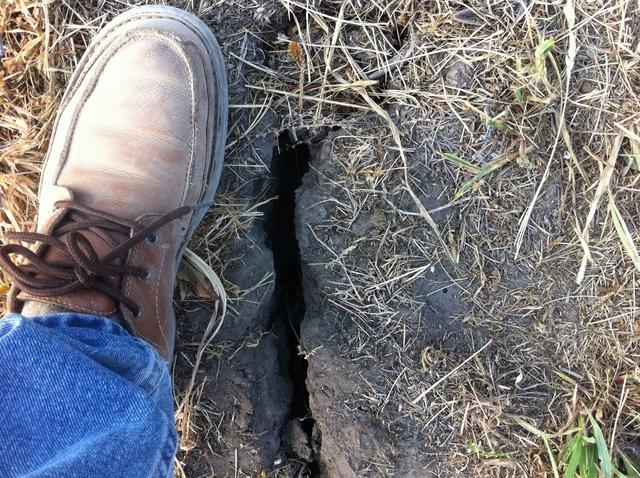
Settling Foundation Crack
Not only was the crack getting larger and move to the right, the gap was letting so much water leak into the crawl space.

Clay Soil Gap
Within the back file area of the ground close to the basement foundation wall were cracks in the earth that allowed over time the foundation to drop and rotate.

3 Piers
2 of the pier location are seen and the 3rd one is inside under the back porch.

Loose Blocks
Once we entered the part of the crawl space foundation under the porch it was determined that the block foundation shifted so much that the block had to be re-set before applying a pier in that location.

Notching the Footing for the Pier
At each pier hole dug the next step is to remove a small section of the footing to properly place each pier bracket.

Notched Footing Prep
Once the hole is dug per pier location, the footing is notched to make room for the pier bracket to fit directly beneath the foundation wall to have direct upward support at the foundation wall.

Pier Bracket and First Pier Section
The bracket is an "L" shape and seen here the bottom of the "L" is in place beneath the vertical foundation wall. Going through the bracket is the first section of the piering system.

Push Piers
A hydraulic ram is use to drive each pier deep into the ground. The ram head is retracted so another pier of pier tube can be installed by the ram driving that section deeper into the ground. This process is repeated until the pier has reached the holding capacity for each pier. This method is also called a push pier.

Pier Cap
Every pier location once installed to the proper depth is capped and attached to the pier bracket to stop the downward settling foundation problem.

Replacing the Dug Out Soil
After the piers are installed the soil that was removed is replaced in each hole dug.
